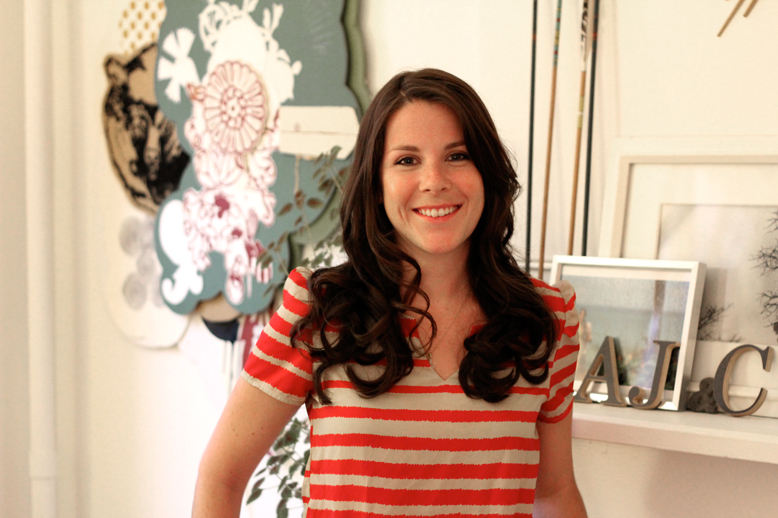PR Advice from an Editor
/As Merchandise Editor at PeopleStyleWatch.com, Catherine Dash works non-stop to find the best style steals on the web. She has an intense love for independent designer labels and seeks out the coolest up-and-coming brands—be it fashion, home or beauty—which she's done for several publications in her career including Lucky magazine and StyleFind.com. When not scouring the web for must-have buys, Catherine is roaming the streets of Brooklyn with her 6-year old Papillon Lulu in search of her next food obsession.

Can one to two paragraphs and a good picture really be enough to interest an editor/blogger? Catherine: Absolutely! Even a good photo and a couple sentences can do the trick. An email I can scan quickly to get only the most important info is best. I'll ask for more if I need it. And no huge files--our inboxes fill up quickly.
What’s missing when a pitch is almost there, but not quite? Catherine: Can we consider the look book a form of a pitch? If so, don't forget to include PR contact info when sending them out (or on any printed promotional material, for that matter). On more than one occasion, I've gotten my hands on a gorgeous look book only to find no way of getting in touch with the brand (I'm not kidding. This has happened multiple times!) Take some time to step back and remember the most seemingly obvious things.
Biggest turnoff when someone is trying to get press? Catherine: Being pushy. There's a difference between being persistent and being aggressive. When a publicist acts like they're entitled to coverage, I'm less likely to want to work with them.
What is the one thing that makes one pitch stand apart from the next? Catherine: It seems like a little thing, but addressing your pitch to the editor specifically and making the message somewhat personalized can make a big difference. Also, research what sections/types of features the editor works on and giving them pertinent information (and quickly when it's requested). We get tons of mass emails each day, so the ones that feel like they're intended for you directly are more likely to get a reply/second read.
What is the same mistake all beginners at DIY publicity make? Catherine: I often get pitches that have nothing to do with the type of features I work on. I imagine the publicist is casting a wide net and hoping someone bites. I'm sure that works sometimes, but those are the emails that start to feel like spam and the ones that I stop even opening. Taking the time to find the correct editor of the section/feature your product makes sense in at the very beginning will set a precedent that your emails are worth opening--it will pay off in the long run.
What’s the easiest and quickest way to an editor’s heart? Catherine: Reply quickly when information is requested. When we're asking for something, we're usually under a tight deadline. If we know we can rely on you to get back quickly, you'll be the first person we go to for features in the future.
What two things do you want to find in every pitch? Catherine: A photograph of the product and a link to where you can buy it and/or find more information about it. You'd be surprised by how many people don't include a link to what they're talking about (even just the brand's site). It seems like such a little thing, but it really does save time for the editor.
*Biz Advice is compiled & edited by Amy Flurry
